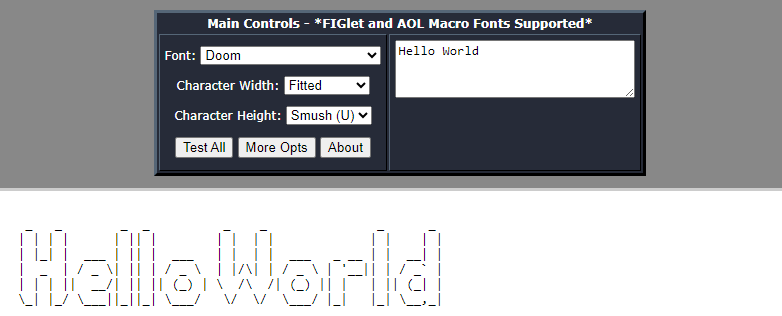Bash - Echo on the console and in a logfile in the same time

In my previous article Bash - Script to add logging features to your script, I've shared a way to write information in a logfile.
By running ls -alh /tmp you will get the list of all files in the /tmp folder and display the list on your console. By running ls -alh /tmp >> application.log you won't see the list in your console since everything will be written in the application.log file.
How can we display the output of a command like ls f.i. both on the console and in a logfile?

